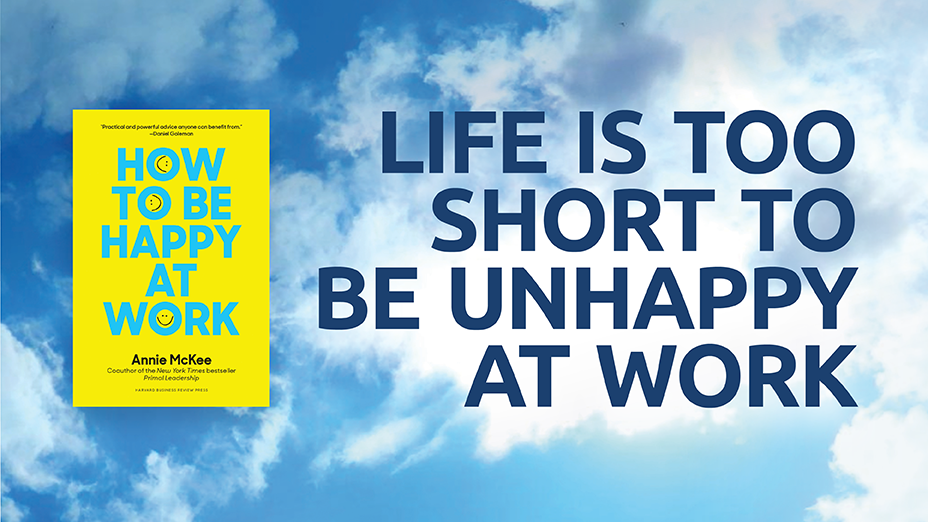Wouldn’t it be great if you could read the body language of everybody in the meeting room to know if they are “buyers and believers” or “negative and naysayers”?
How true is it that we can at all work out what others are thinking, feeling and intending toward us and our ideas from the behavior and body language we see from them?
Can we trust our gut instincts? Can we trust the online articles we read? And can we trust the body language folklore that we grew up with? Let’s look at some of the biggest myths around body language in the boardroom, and figure out a better way to think about the behaviors we see to give us an advantage.
Crossing Arms = Closed for Business
We hear time and time again “if they cross their arms, they are closed.” And it follows for us in any meeting room, this can only mean one thing - the negotiation must be going south! Then how easy it is for us to catastrophize and then internally battle against those negative feelings, doubts and worries that arise at that moment. But how true is it that someone is feeling closed or negative toward us when their arms are crossed?
Crossing the arms creates a physical barrier and closes off the body in what can look like a defensive posture, either intentionally or unconsciously blocking us off or closing us out. There are many reasons for arm crossing though: We are in a cold environment and so trying to keep the heat in; it is mid-afternoon and we are trying to keep ourselves more alert by holding the arms up higher on the body; we may be in an important meeting and concentrating hard by closing down other activity in the body to direct energy towards thinking; we are trying to remain in control; we are blocking out other unwanted stimuli.
All of these reasons may make someone look closed, but, and this is the point, they may not actually be closed to us and our idea or point of view. Yes, they may be thinking carefully about it and focusing hard, and in the boardroom, particularly if we have alarm bells going off from some online article telling us to beware of crossed arms during meetings, this may look like it’s game over. The truth is that crossed arms do not necessarily indicate that our listener is not interested or open to what we are saying or selling; however crossed arms will often trigger us into feeling that they are not, and in turn we are susceptible to behaving as if we believe them to be closed when in fact they may be anything but.
People Don't Have to Look to Listen
How many times have you heard someone say, “I am listening. I may not be looking at you. But believe me, I’m paying attention.” Are they being disingenuous when they say that, or can people be truly listening to you even when they don’t seem to be giving you their visual attention? Listening to everyday speech is about hearing and discovering potential meaning. If we are listening to poetry or written prose, we have the advantage of hearing in the written words more descriptors, words that create the mood and context. Not so in everyday speech, which uses far less vocabulary and far more repetition of the same words.
So while they may be trying to give you their undivided attention but not actually looking at you, as meaning is helped along by seeing the words put into context, part of that context is of course nonverbal. To this point, someone may be unlikely to get the fullest meaning of what someone else is trying to communicate without taking in some of the nonverbal signals around their messaging. One way to get people’s visual attention when speaking is not only to use more dynamic gestures that engage and help them to understand, but also include as you are speaking periodically ideas that subtly instruct the listener to look at you also. For example, “you can look at it this way,” “see what I am saying here” or “visualize with me the picture around this.”
Nodding the Head Means Yes
It is very important for us, as social animals, to feel accepted by the group and also to accept others, to hold our groups together. While head nodding can show encouragement to others and indicate agreement, it can also be a signal of appeasement—placating someone—without necessarily agreeing with them. Head nodding is also quite often the result of isopraxism, the natural mirroring of another’s behavior. In a group setting, it is sometimes both contagious and unconscious. Often those at the top of the social hierarchy can experience a room full of people nodding their heads at their idea and assume everyone agrees with them, only to discover later that no one accepted the idea or even understood it. And a completely still head can mean “We don’t get it,” “We don’t accept it,” “We don’t agree” or “We don’t like it” just as much as does shaking the head from side to side. In some cultures there is more emphasis put on always supporting up the hierarchy, which may explain why there may be great reports after some meetings of agreement and action items, and then nothing is followed up or carried out after the fact.
If They Are Breaking Eye Contact, They Are Being Deceptive
Eye avoidance is often wrongly associated with deception. But nothing could be further from the truth. Aldert Vrij, author of Detecting Lies and Deceit: Pitfalls and Opportunities found that people who habitually lie actually engage in greater eye contact. Why? Because they know people may be on the lookout for this behavior and they want to make sure we are buying their lie. A truthful person may, in fact, let their eyes wander off because they are not motivated to convince, only to convey a story.
Eye aversion happens for many reasons, both personal and cultural. For instance, you may derive great personal comfort in recalling facts or an emotional experience by looking away from someone and looking down or focusing on something distant. Additionally, in some cultures and groups, it is instilled in children that when they are in front of authority, they should show respect by averting the eyes.
In fact, deceit may not look at all how we think it is going to look. The confidence trickster does not so much engage in behaviors that display overt confidence as gain our confidence by offering something they can see we want. Often they do this by lowering their own status to give us what feels like an advantage. They give us a feeling of power. Therefore, don’t expect a con artist to come to you looking like they have all the power. Rather, be aware of how your interaction with them may instill in you a sudden surge of powerful or superior feelings. Practiced con artists take advantage of our weaknesses around the power we may not possess but that we long for, and so manipulate feelings we may have of loneliness, insecurity or poor health; they also prey on our pride or simple ignorance.
So in meetings where you need to be wary of falling victim to exaggeration or purposeful omissions, first understand the kind of lies that you may be most prone to believing in, either for personal reasons or on behalf of your organization. Only by having some perspective on your own insecurities or organizational anxieties that may be targets for deception can you best secure against them. So if you are offered the thing that feels like you just got the greatest deal on the thing you want most, pull back a moment and question it further and more fully.
Finally, and this is NOT a myth:
Don't Read Them - Lead Them!
It is much better to be in charge of the body language you are producing then to try to read the body language of others without the time and technique needed to properly critically examine the behaviors that you are seeing. Understand your own perspective, or lens, on the body language of others against the bigger context that they are in.
If you can, to find out more about this read our book TRUTH & LIES What People Are Really Thinking . Concentrate on producing the best body language yourself for the outcomes you are after, and if you are clear and consistent with those signals, people will mirror you and follow your lead. Be warm and open with your body language, and people are more likely to be warm and open back to you. Conversely, be cold and closed, and you can expect that others will most likely be cold and closed toward you and your ideas. In the majority of our business situations, it is far better to concentrate on leading, not reading.




.png)


.jpg)

What Did You Think?